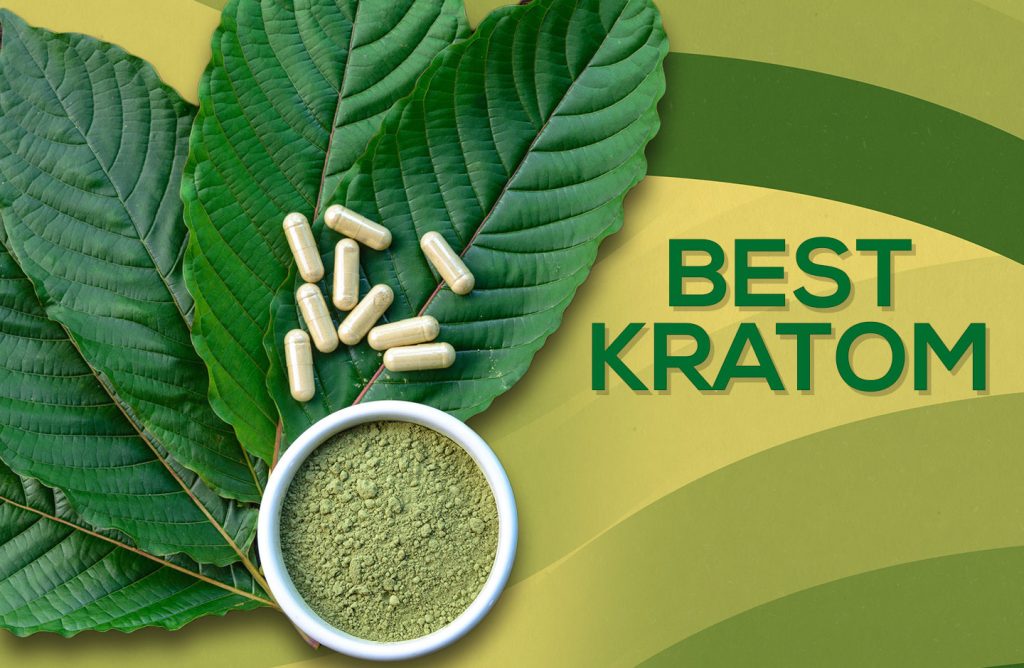In recent years, Kratom has gained popularity as a natural remedy for pain relief and a variety of other health conditions. Derived from the leaves of the Mitragyna speciosa tree native to Southeast Asia, Kratom has been used for centuries in traditional medicine. Its potential healing powers have sparked curiosity and interest among researchers and individuals seeking alternative pain management options. One of the primary reasons behind Kratom’s growing popularity is its ability to alleviate pain. The active compounds in Kratom, known as alkaloids, interact with the body’s opioid receptors, providing analgesic effects similar to opioids but with fewer side effects. This makes Kratom a promising option for individuals dealing with chronic pain conditions such as arthritis, fibromyalgia, or lower back pain. Moreover, Kratom is available in various forms, including powder, capsules, and extracts, making it convenient for users to choose a delivery method that suits their preferences. Many users prefer brewing Kratom as a tea, as it allows for gradual absorption and prolonged pain relief.

Despite its potential benefits, it is crucial to approach Kratom use with caution and awareness. The legality and regulation surrounding Kratom vary by region, with some countries and states imposing restrictions due to safety concerns and potential for misuse. Additionally, Kratom can interact with other medications or substances, so it is essential to consult a healthcare professional before incorporating it into your pain management routine. When considering Kratom as a pain relief option, understanding its potential side effects and risks is vital. Common side effects of Kratom use may include nausea, constipation, dizziness, and drowsiness. Long-term or excessive use of Kratom may also lead to dependency or addiction, kratom for pain highlighting the importance of responsible usage and moderation. Furthermore, the quality and purity of Kratom products can vary significantly, emphasizing the need to source Kratom from reputable suppliers who adhere to strict quality control measures. Choosing high-quality Kratom ensures potency and reduces the risk of contamination or adulteration.
It is also crucial to note that Kratom’s effects can vary depending on the strain and dosage used. Different Kratom strains, such as red vein, green vein, and white vein, offer unique properties and effects. For example, red vein Kratom is often preferred for its relaxing and pain-relieving qualities, while white vein Kratom is known for its stimulating and energizing effects. Kratom presents itself as a promising natural alternative for pain relief, thanks to its potential analgesic properties and minimal side effects compared to traditional opioids. However, responsible usage, awareness of legal regulations, and consultation with healthcare professionals are essential steps to ensure safe and effective Kratom use. With proper understanding and guidance, Kratom can be a valuable addition to the toolkit of individuals seeking holistic pain management options.